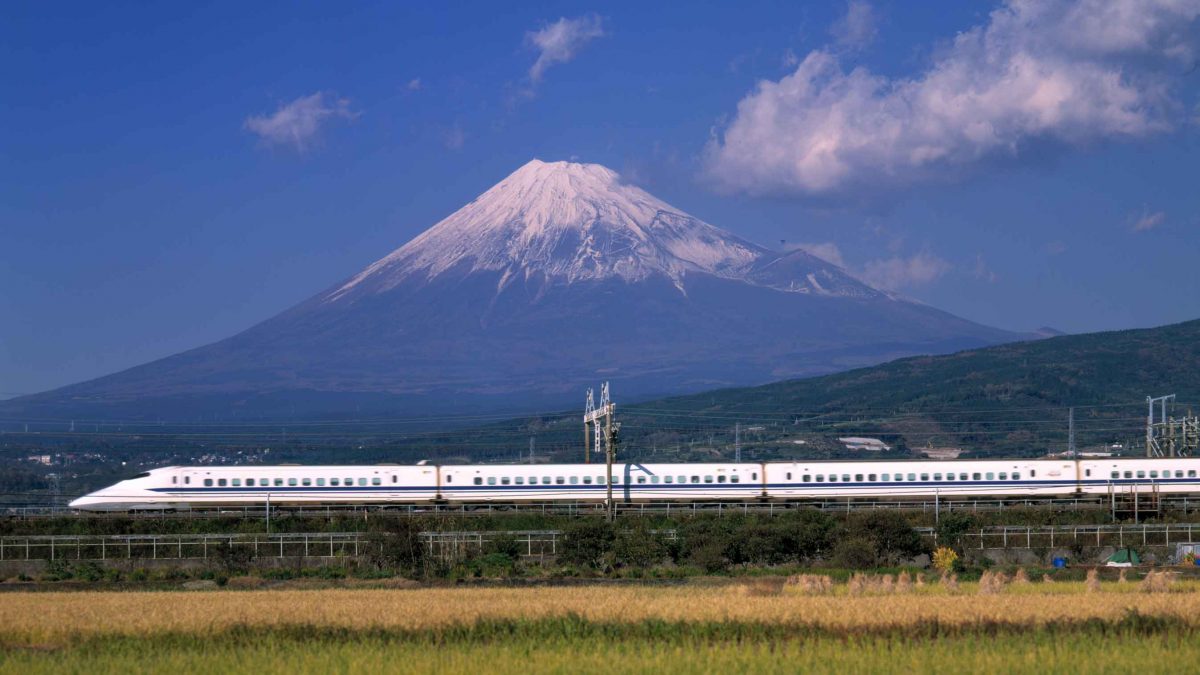Visiting Japan for the first, second or even third time can be scary. It is not an easy task to get around in Tokyo or figure out what to see from the countless number of giant temples, beautiful parks, large shopping streets and fresh restaurants.
That is why we have prepared our top “7 days in Japan” itinerary and recommendations so that you can travel, see and explore the greatest sights of the country with your Japan Rail Pass.
Table of Contents
Day 1: Tokyo
Arriving at Narita or Haneda Airport
Refer to our three days in Tokyo article for more detailed information on how and where to exchange your JR Pass, take the Narita Express (or the Tokyo Monorail from Haneda) and arrive at the city center of Tokyo.
Odaiba, Hama Rikyo and the Edo-Tokyo Museum
-
- Start your trip off by visiting Odaiba, one of the newest, most vibrant shopping and entertainment centers of Tokyo.
- While there, take advantage and visit the Tokyo Tower, a communication station and a Japanese replica of the Eiffel tower, offering fantastic views of the city from above.
- Escape from busy Tokyo life by visiting Hama Rikyu, a small but lovely park, offering beautiful walks among 300-years old trees and fish ponds.
- And for a piece of history, the remarkable Edo-Tokyo Museum is the place for children and adults to discover the past of Japan, specifically focusing on the Edo period between 1603 and 1868.
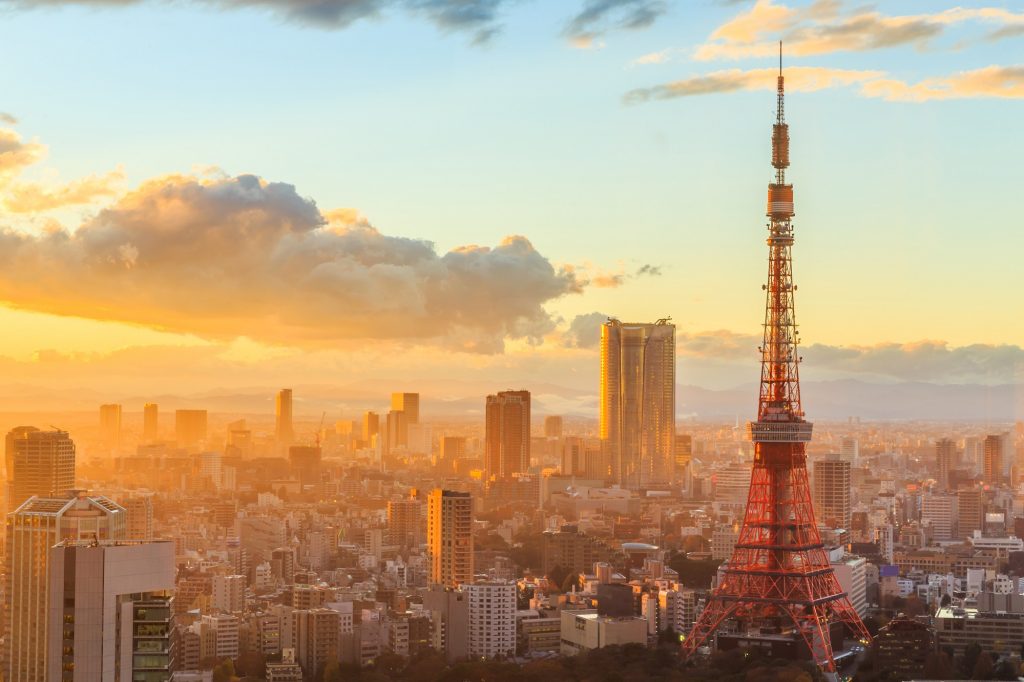
Day 2: Tokyo and Kamakura
Taking a trip to Kamakura
Just an hour away from Tokyo, the Kamakura region has plenty to offer. You can get there with your Japan Rail Pass, by taking the Tokaido Line from Tokyo Station and making one connection at Totsuka Station, by changing to the Yokosuka Line, until you arrive at Kamakura Station.
Once there, make sure not to miss:
- The Giant bronze Buddha statue – Located on the lands of the Kotokuin temple, it is the second largest Buddha in Japan. It is 13,35m tall and originally built to stand within the grounds of a 13th-century temple. However, natural disasters have destroyed the temple more than once, so the locals decided to let it stand in the open air.

The Giant Buddha at Kamakura - Zeniarai Benten Shrine – A magical place, where people (local as well as foreigners) go to wash their money and have a spiritual experience. The saying goes that whatever you wash in the shrine’s spring, it will double.
- The Kamakura Beaches – Whether you are going in the summer and wish to experience the cultural difference between your home beaches and those of Japan, or you are visiting in the autumn/winter seasons, you shouldn’t miss out on the sandy coast Kamakura has to offer.
Day 3: Tokyo
Shibuya, Yanaka and Ueno
- The Shibuya Crossing – The number one most famous place in all of Tokyo. Despite the endless amount of crowds crossing the traffic lights every minute, people are attracted to Shibuya by the desire to experience what it means to be a part of life in Tokyo.
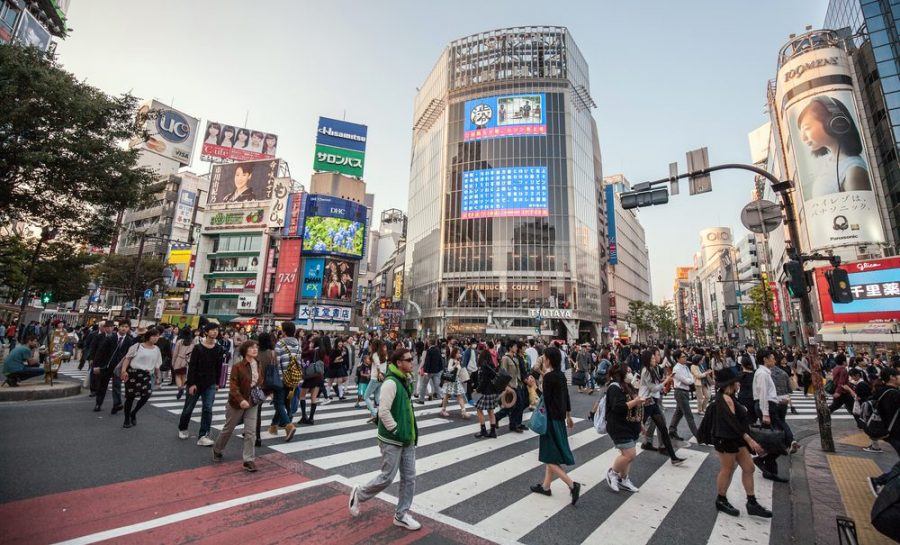
Shibuya crossing in the afternoon - Yanaka – Just a 40 minute ride away (take the Yamanote line), Yanaka will fascinate you with its fully reconstructed temple, narrow streets, and tiled-roof houses. Yanaka is not the most touristic place, which makes it perfect for a peaceful walk, filled with history and stories from the past.
- Ueno – Within walking distance from the Yanaka area, the gorgeous and never-ending Ueno area includes the Ueno Park and Zoo, Tokyo University of Arts, National Museum of Nature and Science, National Museum of Western Art, Tokyo Metropolitan Art Museum, Tokyo Bunka Kaikan concert hall and more.
Day 4: Kyoto
Arashiyama, Iwatayama and Tenruy-ji temple
- Arashiyama Bamboo Grove – Conveniently located at just a ten-minute walk distance from the Saga Arashiyama Station (JR Sagano line), the bamboo grove will take you deep into the wonderland of this magical forest. Perfect for a romantic escape or just a quiet walk with your family and friends, where you will find peace and serenity.
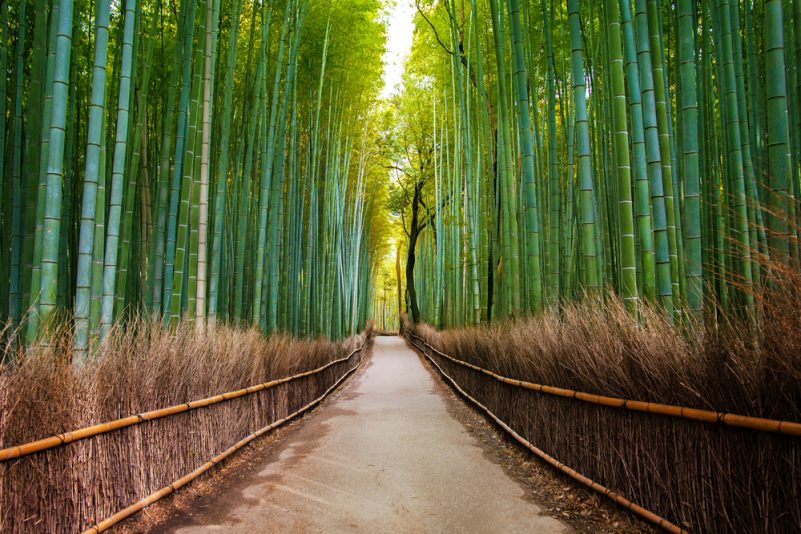
Arashiyama bamboo grove in Kyoto - Monkey Park Iwatayama – A must for nature and animal lovers. You can walk freely around this area where monkeys live and play. It’s safe to give them food and watch how mothers and their little ones walk around and study you, just like you are studying them.
- Tenruy-ji temple – a world heritage site, this is one of the most beautiful Zen temples in Kyoto, especially during the cherry blossom season (last week of March – first week of April). The gardens are gorgeous and boast a spectacular view of the surrounding mountains, especially when the sun rises.
Day 5: Kyoto
Nanzen-ji, Fushimi Inari and Kinkakuji (Golden Pavilion)
- Nanzen-ji – This Zen temple is the very definition of a perfect Japanese temple. With its Zen gardens, giant entrance doors, and some smaller temples, the Nanzen-ji has everything there is to offer to Japanese culture lovers.
- Fushimi Inari-Taisha – The thousands of vermillion torii gates are some of the most photographed in the area and one of the greatest places in Kyoto. Japanese people come to this site to pay their respects or to pray for good fortune and success.
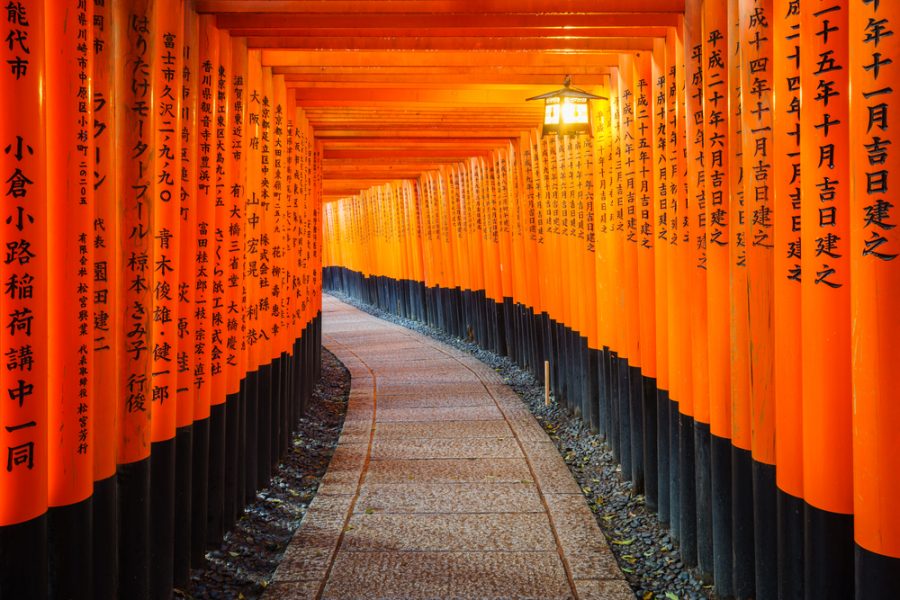
The Fushimi Inari Shrine is known for its thousand torii gates - Kinkakuji (the Golden Pavilion) – A unique Zen temple whose top floors are covered in gold leaf. Visitors are not allowed on the first floor of the building, which houses historical Buddha statues. However, the windows on this floor are usually open, so tourists can look through and enjoy the ancient ambiance of the temple. Close to the exit, you can sip on traditional tea and tasty treats.
Day 6: Nara
Take the JR Nara Line from Kyoto Station for less than an hour to reach Nara – the first permanent capital of Japan and one of the few cities packed with so much cultural heritage, including:
- Isuien Garden – Gorgeous ponds give life to the incredible nature surrounding the gardens, making you feel welcome and at peace. Isuien has actually two different parts, each offering tea houses and authentic Japanese atmosphere.
- Todai-ji Temple – The all-time Nara and Japan-must-see! Home of the Great 16-meter-tall Buddha (Daibutsu), this temple will leave you breathless, while you are walking by the marvelous architecture of the building, which seems to be part of the skyline due to its immensity.
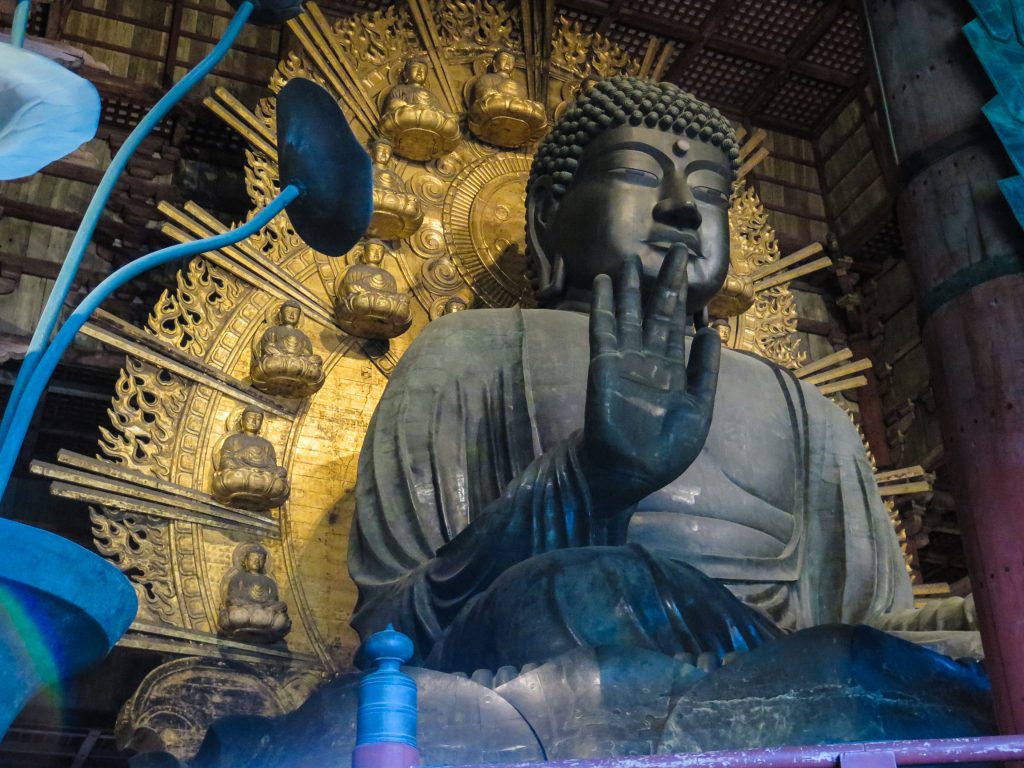
The Great Buddha at Todai-ji (Nara) - Hōryū-ji Temple – Founded by Prince Shotoku in 607, this temple was designated a World Heritage Site in 1993. It’s a must-visit just to see some of the oldest surviving wooden buildings in the world!
Day 7: Back to Tokyo
Take the Shinkansen train back to Tokyo and get ready for your trip back home. Depending on your schedule, you can check out the districts of Asakusa and Harajuku, the first stops on our 10-day itinerary and 14-day sample itinerary.
Otherwise, you can say goodbye to the city with the views from the top of the Metropolitan Government Building in West Shinjuku.
